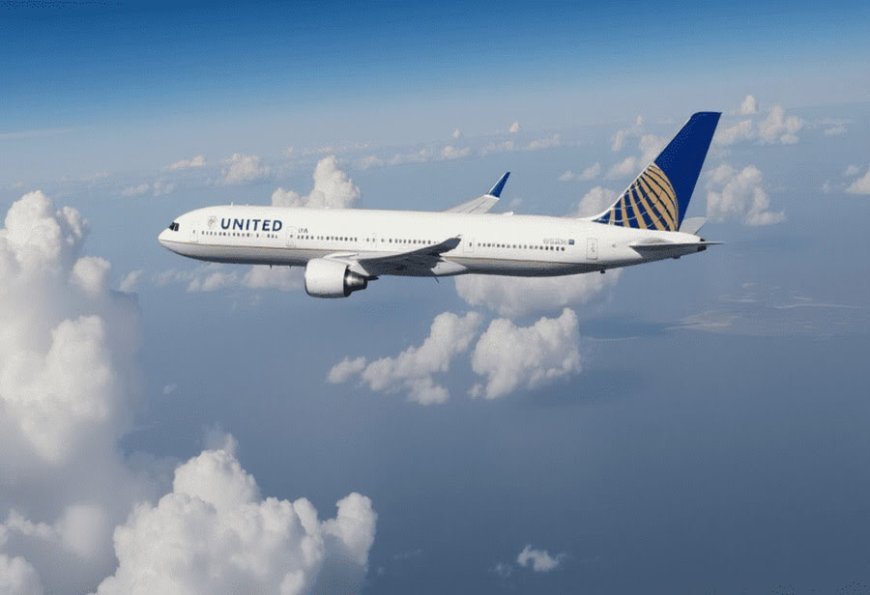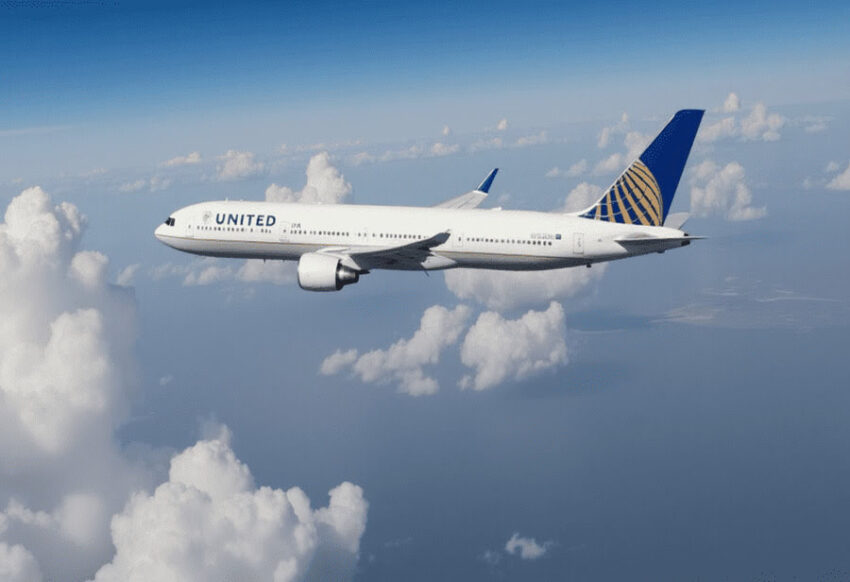United Airlines Outpaces Wall Street Forecasts in Q2 2025 as Luxury Travel Booms and Global Passenger Demand Recovers Following an Uncertain Start to the Year


United Airlines has exceeded Wall Street’s earnings expectations in the second quarter of 2025, driven by a powerful resurgence in international travel and an upswing in premium cabin bookings. After a sluggish start to the year marked by weak domestic demand and falling ticket prices, the airline posted an adjusted earnings per share (EPS) of $3.87—surpassing analyst forecasts—while maintaining a confident outlook for the remainder of the year. Strong demand from high-spending travelers, increased global connectivity, and strategic international route performance helped offset declines in domestic revenue per seat mile, positioning United for a robust finish to 2025 despite ongoing operational challenges at major hubs like Newark.
United Airlines has surpassed earnings expectations for the second quarter of 2025, signaling a rebound in travel demand after a challenging start to the year. Although revenue came in slightly below analyst projections, stronger-than-expected adjusted earnings and a surge in premium travel bookings highlight the airline’s resilience amid shifting economic conditions.
Travel Trends Stabilize After Weak First Quarter
During early 2025, U.S. carriers faced slackening demand from price-sensitive domestic customers, causing shorter fares on average. However, the latest quarter was favorable. United noticed that the global environment got less turbulent than for the initial half of the year, helping to forecast a better second half of 2025.
Other large carriers have echoed the same theme, with several saying they plan to trim capacity after the peak summer travel period ends in mid-August. These tactical shifts are intended to better match supply and demand for the remainder of the year.
Second-Quarter Performance: Key Metrics
Below is a summary of the quarterly earnings of United Airlines up to June 30, 2025, compared with market estimates:
MetricReportedExpectedAdjusted Earnings Per Share\$3.87\$3.81Revenue\$15.24 billion\$15.35 billionNet Income\$973 million—Adjusted Net Income\$1.27 billion—
Revenue was up 1.7% from the prior year to \$15.24 billion but fell short of analysts’ estimates. Net income fell 26% from the prior year to \$973 million, or \$2.97 a share. On an adjusted basis, the carrier generated \$1.27 billion of profit, or \$3.87 a share.
Passenger Revenue Analysis: Mixed Signals
Unit revenue fell 4% during the quarter. Domestic travel saw the largest fall, with revenue per available seat mile down 7% versus the same quarter of 2024. Premium travel, though, remains robust.
Premium cabin revenue increased by 5.6% year-over-year
Basic economy bookings were up 1.7% for the same period
International travel was nevertheless a relative bright spot for the company, but signs of weakness at the price level are beginning to emerge. United’s Europe segment revenues declined 2.2% year-over-year, a sign of eroding fares though still-strong passenger numbers.
2025 Prospective Outlook and Third-Quarter Pro
United again confirmed its revised annual earnings guidance of \$9 to \$11 a share, which was well in line with analysts’ estimates of \$10 a share. In January, the carrier had provided a two-scenario outlook of \$7–\$9, if a recession emerged, but \$11.50–\$13.50, if a more stable environment prevailed.
United for the third quarter of the year forecasts adjusted earnings of \$2.25 to \$2.75 a share, which agrees with analysts’ estimates and suggests a continued cautious optimism for late summer through early fall.
Newark Operating Bottlenecks Still Affecting Margins
The carrier also highlighted ongoing operational challenges at Newark Liberty International Airport, one of its key hubs. Flight reductions imposed by regulatory authorities due to staffing shortages and airspace limitations have weighed on financial performance.
Impact on Q2 pretax margin: -1.2 percentage points
Q3 Forecast impact: -0.9 percentage points
These issues have created constraints in United’s scheduling and contributed to reduced profitability at the busy East Coast gateway.
Industry-Wide Capacity Reductions Ahead
Following overall market trends, a number of U.S. airlines are trimming capacity after the peak summer months. This is aimed at bringing available seats more closely into alignment with current booking demand, to be more profitable for the remainder of the year.
In spite of first-half volatility and lingering U.S. pricing pressure, the airline market is exhibiting signs of stabilization. Premium demand for travel, cross-border route performance, and operational discipline are enabling airlines to plot a more positive course through the rest of 2025.
Conclusion: Recovery Road Gaining Speed United Airlines’ strong earnings per share and improving demand trends point toward a rebound in performance. Although revenue came in slightly below target and net income declined year-over-year, growing interest in premium travel and international routes offer encouraging signs. If global conditions continue to stabilize, the second half of 2025 could mark a significant turnaround for the carrier and the broader industry.
The post United Airlines Outpaces Wall Street Forecasts in Q2 2025 as Luxury Travel Booms and Global Passenger Demand Recovers Following an Uncertain Start to the Year appeared first on Travel And Tour World.






